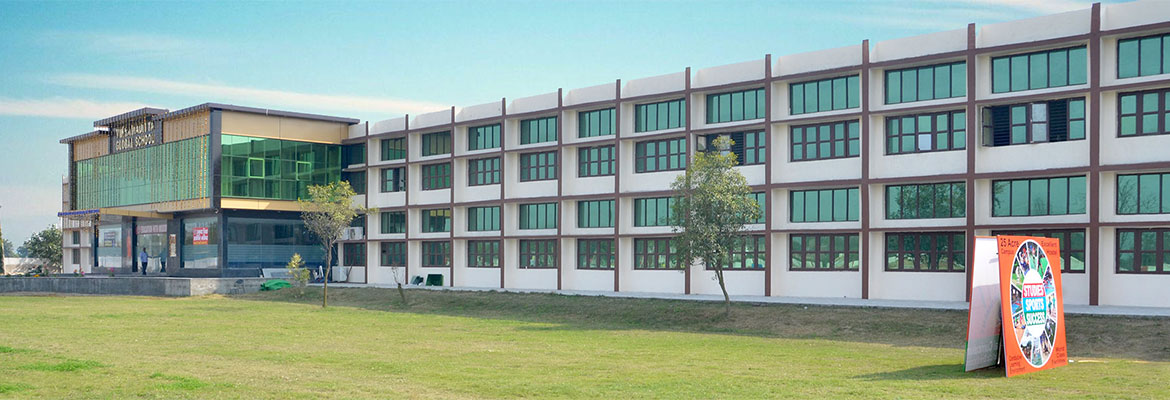
Personalized Learning
Personalized learning is the instruction that offers pedagogy, curriculum, and learning environments to meet the individual student’s needs. The experience is tailored to learning preferences and the specific interests of different learners. In a personalized learning environment, the learning objectives and content, as well as the methods and pace, may all vary. Personalization also encompasses differentiated instruction that supports student progress based on subject matter mastery.
KEY ELEMENTS OF PERSONALIZED LEARNING
- Student Reflection and Ownership - encourages a focus on metacognitive strategies for learning and prompts students to pursue their passions and ownership of their work.
- Targeted Instruction - provides a critical structure for teachers and students to problem-solve with one another and meet individual learning goals.
- Flexible Content and Tools - creates a mix of resources responsive to student needs and interests that allows for differentiated path, pace and performance tasks.
After assessing each student academically and understanding ‘where they are’ in their learning progress, it’s important to know about their strengths, weaknesses and learning style. The classroom has different areas or stations based on needs and abilities to accommodate auditory, visual, and kinesthetic style learners. For example, some stations may support inquiry-based, independent learning; while there can be a separate area for group activities. Groups can be based on content, ability and assessment results.
Social-based learning, which gives students the opportunity to collaborate with each other, is important to the new personalized learning classroom.
In a conducive learning environment that leverages contents, processes, students are not bound by their classroom walls in terms of access to information, knowledge, and concepts. A child-friendly learning environment provides students with the context and relevancy for learning that they want. Most children today are technologically fluent and make daily use of laptops and mobile devices. Learning programs that offer a rewarding gaming environment that younger and older students play with on their own time is a good way to engage learners by making their learning work feel like play. Techno-fluency is important to the development of 21st century skills to ensure a successful academic and work life.
So, the keys to personalized learning are providing access to appropriate technology, for the teacher to provide appropriate support when it’s indicated, and to give students flexibility around physical space, learning time frames, and instructional modalities.
Student ownership and agency promotes learning. We need to guide students to set their goals and work to achieve them, as well as give them choices so they learn how to make their own decisions.
Personalized learning increases student engagement, and makes learning more engaging too.
Through personalized learning, students spend more time in their zone of proximal development and teachers spend more time addressing the needs of each student. With increased understanding of the types of supports students need, teachers can provide more targeted instruction and support, students are more actively engaged, resulting in higher student achievement.
"Personalized and competency-based systems have the ability to empower individuals and enable educators to disrupt the historical dynamic of sorting students, and replace it with one that seeks to educate 100 percent of students."



